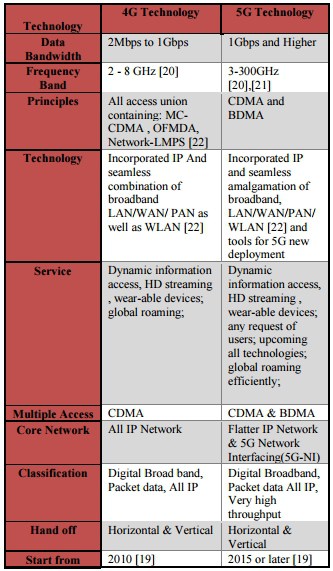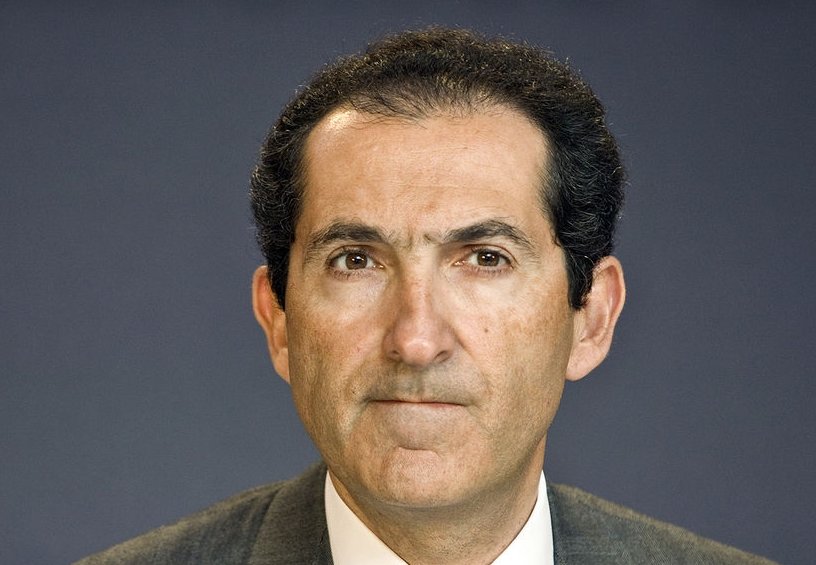 Hong Kong Telecom Group (HKT) chief technical officer Paul Berriman believes copper phone wiring is a thing of the past and is nonplussed by efforts to wring a few more years of life out of infrastructure that cannot reliably support high-speed Internet and is costly to maintain. The only solution that makes sense is to get rid of the copper and replace it with fiber optic wiring.
Hong Kong Telecom Group (HKT) chief technical officer Paul Berriman believes copper phone wiring is a thing of the past and is nonplussed by efforts to wring a few more years of life out of infrastructure that cannot reliably support high-speed Internet and is costly to maintain. The only solution that makes sense is to get rid of the copper and replace it with fiber optic wiring.
While America talks about 1Gbps limited rollouts, he is thinking about speeds ten times faster with his announcement Hong Kong Telecom is preparing to launch 10 gigabit service across the territory and was continuing its efforts to tear out obsolete copper wiring.
The man partly responsible for ensuring Hong Kong’s broadband future is a fast and reliable one says HKT has 1.6 million broadband customers — 530,000 on fiber to the home service and 200,000 on less-desirable VDSL2 with vectoring, which still relies in part on copper wiring. He is not happy with copper wiring’s performance and support costs and wants it out of his network. His minimum target speed is 100Mbps and if he finds a building that for any reason does not deliver more than 30Mbps at all times, he instructs engineers to immediately tear out the copper and replace it with fiber.

Berriman
Overall, Hong Kong has an average Internet speed of 87 megabits per second, according to figures by Akamai. “Our (HKT) average is about 116Mbps,” he said. It is about to get much faster. The two major wired fiber competitors are HKT and HKBN and both compete fiercely for broadband customers.
HKT has three tiers of unlimited use fiber broadband (regular prices shown in U.S. dollars, prices lower for certain bundles and promotions):
- 300/300Mbps for $64.21/mo;
- 500/500Mbps for $77.10/mo;
- 1000/1000Mbps for $90/mo.
When the 10Gbps upgrade is complete, HKT is likely to further boost speeds and/or cut prices.
Berriman acknowledges that the densely packed multi-dwelling apartments and condos common across Hong Kong makes large fiber projects less expensive than elsewhere in the world, but believes costs can be managed by deploying incremental upgrades. For example, HKT today has fiber extending into 85 percent of Hong Kong’s buildings and can connect fiber to 79 percent of homes in Hong Kong within three days of receiving an order.
Depending on a customer’s requirements, HKT can save money by serving DSL over short lengths of existing in-building copper wiring for customers not subscribed to ultra-fast broadband speed tiers. The length of wiring is short enough to guarantee speed is not affected for these customers. When customers do need the fastest speeds, fiber is strung directly to their apartment. Despite this, HKT is progressively migrating away from “fiber to the basement” to an all-fiber network to simplify its facilities and increase reliability, especially as the demand for faster speeds continues to grow.
“Once we get to 50 or 60 percent usage of the fiber in the building we start to look at converting the rest to get rid of the [older DSL] electronics,” Berriman said.
HKT also operates a mobile network it acquired from “Sunday” in 2006 and has also bought out Telstra’s share of the formerly joint owned CSL. The wireless company has a 31 percent market share and 4.6 million customers on two different networks — one supplied by ZTE and the other from Huawei. To supplement its wireless mobile network and offload traffic, HKT also operates 14,000 Wi-Fi hotspots across Hong Kong and is a leader in the use of EAP-SIM, which makes it easy for connections to be handed off between its mobile and Wi-Fi networks without interruption.


 Subscribe
Subscribe
 “The boss of Liberty, a cable and media conglomerate, he has struck more deals than perhaps any other tycoon in the world—buying and selling hundreds of firms worth over $100 billion since the 1970s, often negotiating on his own, using calculations that fit on a napkin,” said the publication. “Unusually for an empire-builder he has made his investors a ton of money, and has little interest in the public eye.”
“The boss of Liberty, a cable and media conglomerate, he has struck more deals than perhaps any other tycoon in the world—buying and selling hundreds of firms worth over $100 billion since the 1970s, often negotiating on his own, using calculations that fit on a napkin,” said the publication. “Unusually for an empire-builder he has made his investors a ton of money, and has little interest in the public eye.” Malone does not share the concerns of some Time Warner Cable and Charter investors that the merger will generate a “staggering” $66 billion in debt from day one, initially loaned from Wall Street investment banks. The Economist notes Malone seems to be violating his own rule to never overpay in a deal. In the British financial press, Charter’s deal for Time Warner Cable and Bright House does not pass Malone’s own smell test.
Malone does not share the concerns of some Time Warner Cable and Charter investors that the merger will generate a “staggering” $66 billion in debt from day one, initially loaned from Wall Street investment banks. The Economist notes Malone seems to be violating his own rule to never overpay in a deal. In the British financial press, Charter’s deal for Time Warner Cable and Bright House does not pass Malone’s own smell test. Without dramatic changes in wireless pricing and more careful usage, owning a smartphone will cost an average of $119 a month per phone by the year 2019.
Without dramatic changes in wireless pricing and more careful usage, owning a smartphone will cost an average of $119 a month per phone by the year 2019. Wireless carriers defend their pricing, claiming they have cut prices on certain data plans while granting some customers extra gigabytes of usage at no extra cost. Some evidence shows that carriers have indeed reduced the asking price of delivering a megabyte of data by 50 percent annually. But their costs to deliver that data have dropped even faster, particularly as networks shift traffic away from older 3G networks to 4G technology, which is vastly more efficient than its predecessor.
Wireless carriers defend their pricing, claiming they have cut prices on certain data plans while granting some customers extra gigabytes of usage at no extra cost. Some evidence shows that carriers have indeed reduced the asking price of delivering a megabyte of data by 50 percent annually. But their costs to deliver that data have dropped even faster, particularly as networks shift traffic away from older 3G networks to 4G technology, which is vastly more efficient than its predecessor.


 AT&T considers that an intrusion on its spectrum and has told the FCC it strongly objects allowing any secondary or unlicensed user to use their spectrum “without so much as [paying AT&T] a lease” or getting consent from AT&T. AT&T wants everyone off their frequencies no later than 39 months after the issuance of a Channel Reassignment Public Notice that will identify new channel assignments for full power and Class A television stations that have been reassigned to different channels. AT&T also wants the right to jump ahead of the proposed three years of transition for licensed stations and make it possible to start kicking off all unlicensed users of its frequencies within 120 days notice.
AT&T considers that an intrusion on its spectrum and has told the FCC it strongly objects allowing any secondary or unlicensed user to use their spectrum “without so much as [paying AT&T] a lease” or getting consent from AT&T. AT&T wants everyone off their frequencies no later than 39 months after the issuance of a Channel Reassignment Public Notice that will identify new channel assignments for full power and Class A television stations that have been reassigned to different channels. AT&T also wants the right to jump ahead of the proposed three years of transition for licensed stations and make it possible to start kicking off all unlicensed users of its frequencies within 120 days notice.